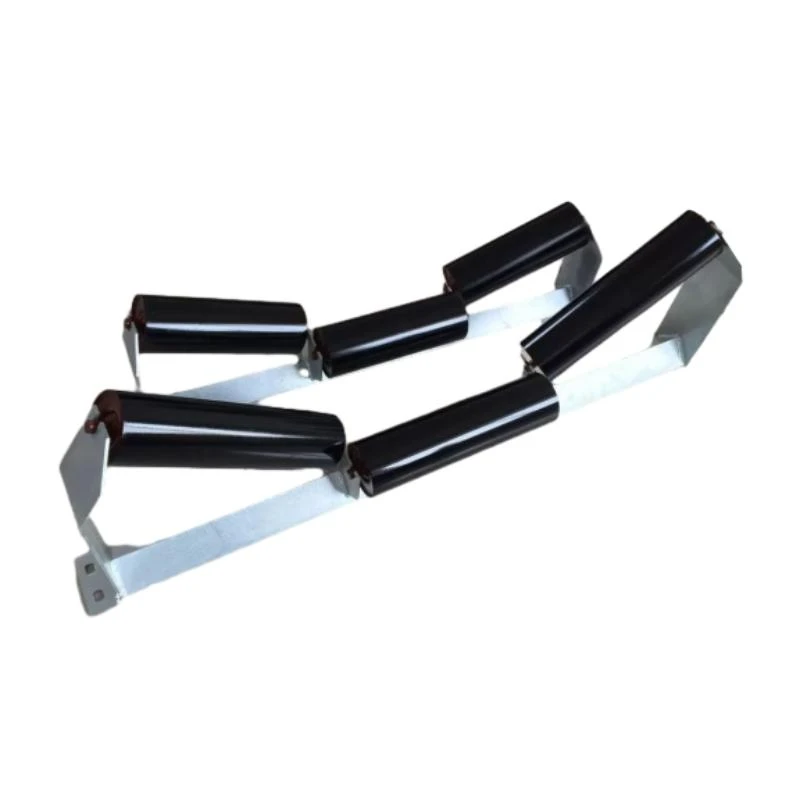 Afrikaans
Afrikaans  Albanian
Albanian  Amharic
Amharic  Arabic
Arabic  Armenian
Armenian  Azerbaijani
Azerbaijani  Basque
Basque  Belarusian
Belarusian  Bengali
Bengali  Bosnian
Bosnian  Bulgarian
Bulgarian  Catalan
Catalan  Cebuano
Cebuano  Corsican
Corsican  Croatian
Croatian  Czech
Czech  Danish
Danish  Dutch
Dutch  English
English  Esperanto
Esperanto  Estonian
Estonian  Finnish
Finnish  French
French  Frisian
Frisian  Galician
Galician  Georgian
Georgian  German
German  Greek
Greek  Gujarati
Gujarati  Haitian Creole
Haitian Creole  hausa
hausa  hawaiian
hawaiian  Hebrew
Hebrew  Hindi
Hindi  Miao
Miao  Hungarian
Hungarian  Icelandic
Icelandic  igbo
igbo  Indonesian
Indonesian  irish
irish  Italian
Italian  Japanese
Japanese  Javanese
Javanese  Kannada
Kannada  kazakh
kazakh  Khmer
Khmer  Rwandese
Rwandese  Korean
Korean  Kurdish
Kurdish  Kyrgyz
Kyrgyz  Lao
Lao  Latin
Latin  Latvian
Latvian  Lithuanian
Lithuanian  Luxembourgish
Luxembourgish  Macedonian
Macedonian  Malgashi
Malgashi  Malay
Malay  Malayalam
Malayalam  Maltese
Maltese  Maori
Maori  Marathi
Marathi  Mongolian
Mongolian  Myanmar
Myanmar  Nepali
Nepali  Norwegian
Norwegian  Norwegian
Norwegian  Occitan
Occitan  Pashto
Pashto  Persian
Persian  Polish
Polish  Portuguese
Portuguese  Punjabi
Punjabi  Romanian
Romanian  Russian
Russian  Samoan
Samoan  Scottish Gaelic
Scottish Gaelic  Serbian
Serbian  Sesotho
Sesotho  Shona
Shona  Sindhi
Sindhi  Sinhala
Sinhala  Slovak
Slovak  Slovenian
Slovenian  Somali
Somali  Spanish
Spanish  Sundanese
Sundanese  Swahili
Swahili  Swedish
Swedish  Tagalog
Tagalog  Tajik
Tajik  Tamil
Tamil  Tatar
Tatar  Telugu
Telugu  Thai
Thai  Turkish
Turkish  Turkmen
Turkmen  Ukrainian
Ukrainian  Urdu
Urdu  Uighur
Uighur  Uzbek
Uzbek  Vietnamese
Vietnamese  Welsh
Welsh  Bantu
Bantu  Yiddish
Yiddish  Yoruba
Yoruba  Zulu
Zulu non drive pulley
Understanding Non-Drive Pulleys Functions, Applications, and Advantages
Non-drive pulleys play a crucial yet understated role in the world of mechanical systems. Unlike drive pulleys, which are primarily responsible for transferring power and motion within a mechanical system, non-drive pulleys serve various supporting and directional functions that enhance the overall efficiency and reliability of machinery. In this article, we will delve into the definition, functions, applications, and advantages of non-drive pulleys.
What Are Non-Drive Pulleys?
Non-drive pulleys are components used in conjunction with belts, cables, or ropes in a mechanical setup. They are typically mounted on axles or shafts and do not directly receive power from an external source. Instead, they redirect the path of a belt or cable, change the direction of forces, and assist in tensioning applications. While they may not generate power, non-drive pulleys are vital for maintaining the mechanical integrity of a system.
Functions of Non-Drive Pulleys
The primary functions of non-drive pulleys can be categorized as follows
1. Direction Change Non-drive pulleys can change the direction of motion in a mechanical system. For example, a pulley can reroute a belt from a horizontal plane to a vertical one, allowing for more compact and efficient designs.
2. Tensioning Maintaining appropriate tension in a belt or cable is essential for optimal performance. Non-drive pulleys can be used in tensioning systems to adjust the slack and ensure that the belt remains taut, thereby improving efficiency and reducing wear.
3. Load Distribution By distributing the load evenly across a system, non-drive pulleys help in minimizing wear and tear. This function is especially important in systems that operate under heavy loads, as it prolongs the life of the components.
4. Guide Mechanism Non-drive pulleys can serve as guides to keep cables or belts aligned, preventing them from slipping off during operation. This is particularly important in applications such as elevators or conveyor belts, where misalignment can lead to significant safety hazards.
Applications of Non-Drive Pulleys
Non-drive pulleys have a wide range of applications across various industries
1. Manufacturing In manufacturing facilities, non-drive pulleys are commonly used in conveyor systems to redirect and guide materials through different stages of production.
non drive pulley

2. Construction Non-drive pulleys are essential in cranes and hoisting systems, where they help in lifting and moving heavy loads while maintaining balance and control.
3. Automotive In vehicles, non-drive pulleys play a critical role in engine systems. They are often used in serpentine belt systems to route belts around various engine components such as alternators, air conditioning compressors, and power steering pumps.
4. Fitness Equipment In gym machines like cable crossover systems, non-drive pulleys facilitate smooth and controlled movements, allowing users to exert force effectively during workouts.
5. Theatrical Productions Non-drive pulleys are extensively used in stage rigging systems to raise and lower scenery, lights, and other elements, enabling efficient scene transitions.
Advantages of Non-Drive Pulleys
The use of non-drive pulleys offers several significant advantages
1. Increased Efficiency By enabling better load distribution and tension management, non-drive pulleys promote the smooth operation of mechanical systems, enhancing overall efficiency.
2. Reduced Wear and Tear Proper alignment and tension help minimize friction and prevent premature wear on belts and cables, extending the operational life of components.
3. Cost-Effectiveness Incorporating non-drive pulleys in a design can lead to cost savings by reducing the need for frequent maintenance and replacements of components.
4. Space Optimization Non-drive pulleys allow for more compact designs by enabling flexible routing of belts and cables, making them ideal for applications with limited space.
5. Safety Enhancement By maintaining proper tension and alignment, non-drive pulleys contribute to the safe operation of systems, reducing the risk of accidents and component failures.
Conclusion
In summary, non-drive pulleys are indispensable components in various mechanical systems, providing essential functions that contribute to efficiency, safety, and longevity. From manufacturing to construction and beyond, their applications are vast and their benefits numerous. As industries continue to evolve and embrace more sophisticated technologies, the importance of understanding and optimizing non-drive pulley systems will remain paramount. Whether in designing new systems or maintaining existing ones, recognizing the value of non-drive pulleys is essential for engineers and technicians alike.
-
Revolutionizing Conveyor Reliability with Advanced Rubber Lagging PulleysNewsJul.22,2025
-
Powering Precision and Durability with Expert Manufacturers of Conveyor ComponentsNewsJul.22,2025
-
Optimizing Conveyor Systems with Advanced Conveyor AccessoriesNewsJul.22,2025
-
Maximize Conveyor Efficiency with Quality Conveyor Idler PulleysNewsJul.22,2025
-
Future-Proof Your Conveyor System with High-Performance Polyurethane RollerNewsJul.22,2025
-
Driving Efficiency Forward with Quality Idlers and RollersNewsJul.22,2025





























